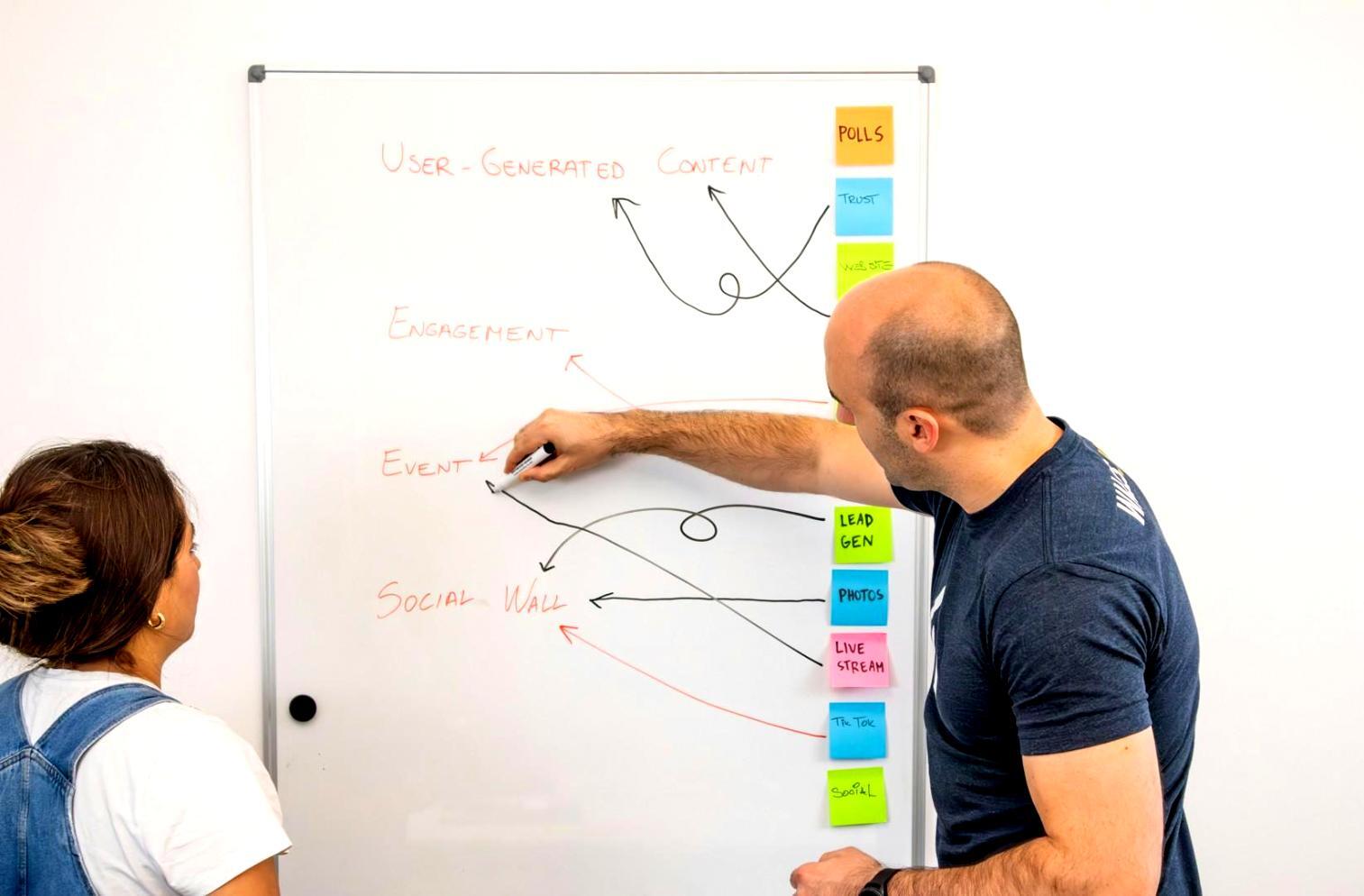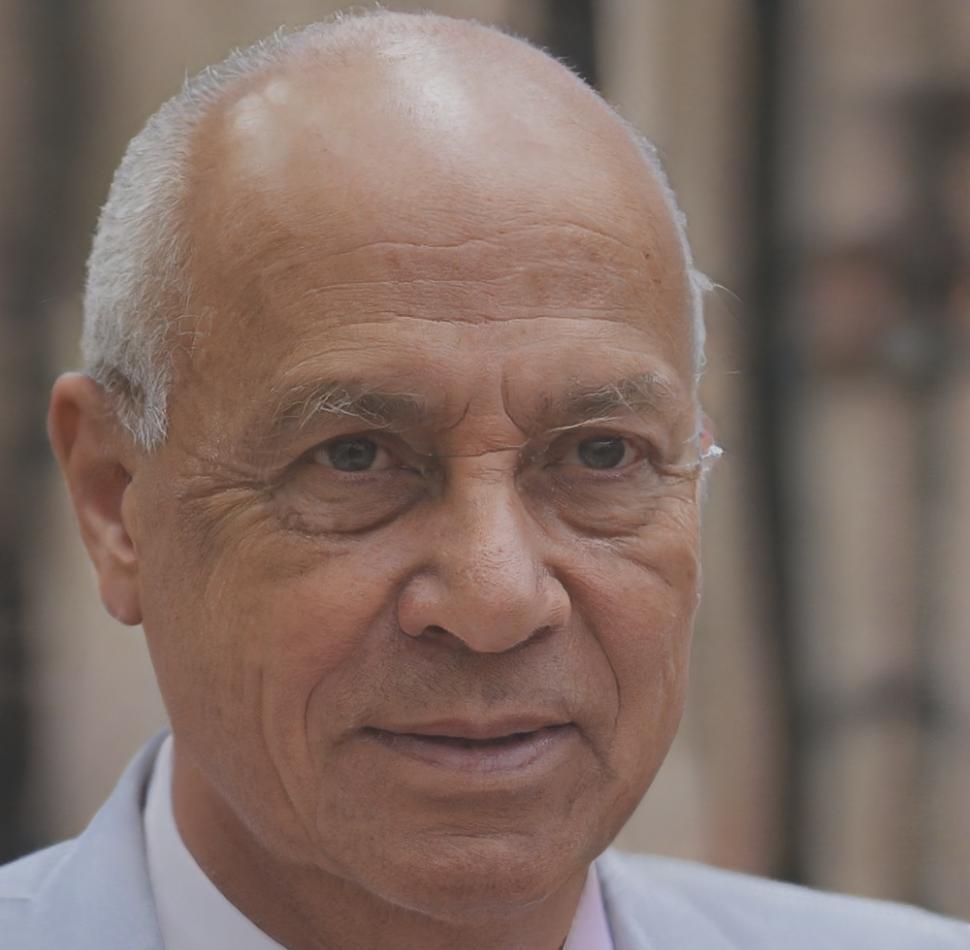Budget Like You Actually Mean It
Most people don't fail at budgeting because they're bad with money. They fail because traditional budgeting feels like punishment. We teach you how to build a spending plan that fits your actual life—not some perfect scenario that only exists in spreadsheets.
Explore Our Programs
What Actually Happens Here
Our standard program runs through autumn 2025, giving you three months to develop real budgeting habits that stick beyond the course.
We focus on tracking, categorizing, forecasting, adjusting, and reviewing—the five skills that make up effective personal budgeting.
Two hours weekly over 12 weeks. Manageable for working adults and specific enough to cover what matters without wasting your time.

How We Actually Teach This
You won't find generic advice about "cutting out lattes" here. We start by looking at where your money already goes, then work backward to find room for what matters to you.
The program begins in September 2025 with cohorts of 15-20 people. Small enough that instructors remember your name and your specific money situation. Large enough that you get different perspectives from other students dealing with similar challenges.
- Work with actual bank statements, not hypothetical examples
- Build forecasting models based on your real income patterns
- Learn to handle irregular expenses without panic
- Create systems that work even when motivation fades
- Develop review habits that catch problems early
What Past Students Say
I thought I was terrible with money until this course. Turns out I just needed a system that worked with my irregular freelance income instead of fighting against it. Three months in and I actually know what's in my account without checking.
The forecasting section changed everything for me. I always knew annual expenses were coming but somehow never had money saved when they hit. Now I build them into monthly planning and they're just... handled. No more scrambling in December.
The 12-Week Journey
Our next cohort starts September 2025. Here's what you'll work through week by week. Each phase builds on the previous one, so by week twelve you have a complete system running.
Foundation and Current Reality
We start by tracking everything for three weeks. Not to judge, just to see where money actually goes. You'll learn categorization systems that make sense and set up tools that don't require daily maintenance.
Building Your Forecast Model
Now that you know your patterns, we build a forward-looking model. This is where you learn to handle variable income, plan for annual expenses, and create buffers that actually work.
Adjustment and Optimization
Your first budget probably won't be perfect. These weeks focus on finding what needs changing and making adjustments without starting from scratch every time something unexpected happens.
Review Systems and Maintenance
The final phase covers building review habits that catch problems early and keeping your system running long after the course ends. You'll develop monthly and quarterly review processes that take minimal time.
Next Cohort Opens August 2025
Program enrollment for autumn 2025 opens in mid-August. Classes start the first week of September and run through late November. Space is limited to 20 students per cohort to maintain quality instruction.

